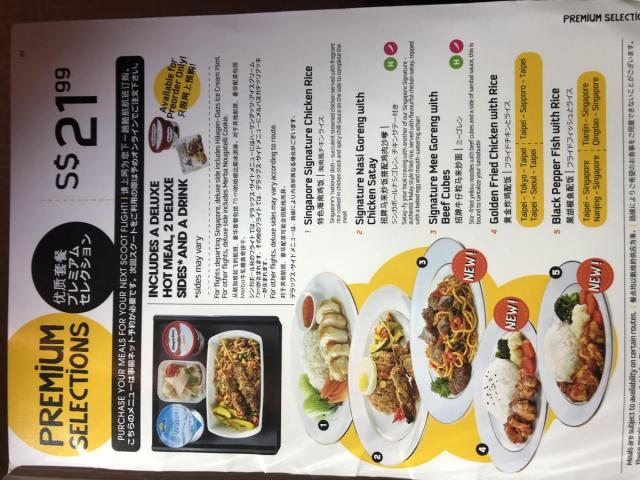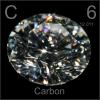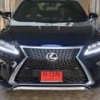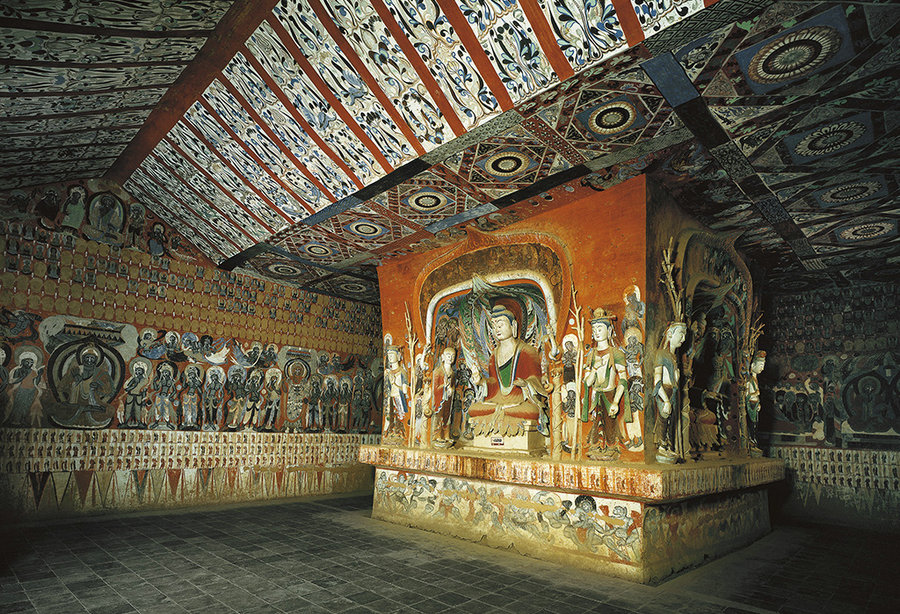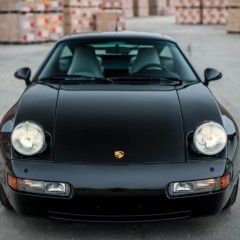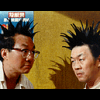Search the Community
Showing results for tags 'china'.
-
Xi Jinping signals intent to remain in power by revealing politburo with no successor https://www.theguardian.com/world/2017/oct/25/xi-jinping-signals-intent-power-successor-politburo-china China’s president unveils his all-male cabinet, but crucially no member is young enough to take the reins...
-
Dear Forumers, Starting this topic as I believe some of us here may be in the same situation as me and I also hope to learn from the rest of the EV forumers here with respect to being a likely first-time EV owner. So, my 'hunt' started with a visit to the car showrooms at Leng Kee with a...
- 293 replies
-
- 15
-

-
DIY holiday to China recently, with the family. Broadly, this was what we did: Day 0 - Depart Singapore to Hangzhou (Scoot Airlines), Arr. Hangzhou 2135hrs Day 1 - Hangzhou, got a driver, tour the city, including West Lake and Ling Yin Temple Day 2 - Depart from Hangzhou to Wu Zhen (water tow...
-
Expect more China EV brand to hit our shore in the next 2 years, as the big wave have just started. Ultimately, only the fittest will survive on our tiny island (since we have a fixed quota for new car registration each month/year). Another point to ponder: Is PA changing their game plan (betti...
- 129 replies
-
- 15
-

-
https://asia.nikkei.com/Business/Automobiles/China-s-BYD-starts-EV-sales-in-Japan-as-it-chases-Tesla?utm_campaign=GL_asia_daily&utm_medium=email&utm_source=NA_newsletter&utm_content=article_link&del_type=1&pub_date=20230131190000&seq_num=9&si=44594 China's BYD starts EV sales in Japan as it cha...
-
20 single-deck electric buses each from BYD and ST Engineering Land Systems 10 single-deck and 10 double-deck electric buses from Yutong The buses will progressively arrive in Singapore from next year, with the final batch delivered in 2020 Source: The Straits Times
-

Journey to the West: First Steps in Southwestern China, Pt. 2
hollowataraxia posted a blog entry in MyAutoBlog
Note: Click here to read Pt. 1, where the journey began in Hong Kong. NEXT UP: CHONGQING Day 3, cont.: Dad had decided on the scenic route to Chongqing - train. We did not realise that the immigration process at the Hong Kong Kowloon West station involved both the Hong Kong and Chinese aut... -
Hooray finally Taiwan will be liberated from the imperialists! Go CCP go! https://www.bloomberg.com/news/articles/2022-08-02/china-announces-military-drills-encircling-taiwan-from-aug-4-7-l6cc5ljn China Plans Four Days of Military Drills in Areas Encircling Taiwan - Beijing declares...
-

Journey to the West: First Steps in Southwestern China, Pt. 1
hollowataraxia posted a blog entry in MyAutoBlog
It used to be that when a person was visiting China for the first time, the natural choice was Beijing. No better way to learn about a country than a visit to its capital, amirite? Having had their fill of Peking duck and climbed the Great Wall of China, the next places they would likely look at are... -
BBC News - TikTok's UK headquarters in doubt amid US pressure https://www.bbc.co.uk/news/business-53462918 I'm no lover of the ccp. But this is really incredible hypocrisy. This is coming from the two governments who collect massive amounts of data on their own citizens as revealed...
- 361 replies
-
- 11
-

-
.png)
-
Ngee Ann Polytechnic said the school has no affiliations with any political parties. The Chinese embassy in Singapore noted that one of the organisations referred to in the job descriptions in the listings does not exist in China (中国共产党青年团). “The information contained in the two job postin...
-
The last few years I have been planning driving trips to USA and Australia, quite hectic and taking alot of efforts to put together. So this coming year decided to take a breather before another epic USA trip in 2026. Then out of nowhere, this short clip popped out and piques my interest:...
-
So I'm a big movie buff, and visiting places where movies I watched were filmed is a big deal.. So when a work opportunity came to visit Lanzou in Gansu Province came, a little light bulb lit up and I thought, New Dragon Gate Inn! One of my favorite shows from the 90s was filmed in Dun Huang a...
- 237 replies
-
- 21
-

-
.png)
-
With travel opening up, many are catching up on the in person meetings that have been replaced by zoom, and more people are now going back to traveling. With a brace of invites, I got invited to this place for work and teaching, and whilst I knew little about this place initially, a quick searc...
- 41 replies
-
- 16
-

-
AUDI E Concept Noticed something unusual with this new concept from Audi? The grill (or rather the lack of one), it headlights, taillights on the rear bumper, or yah you get it, the missing 4 rings. If I tell you this is NOT an Audi, I believe one of the very first thing t...
- 10 replies
-
- 21
-

-
.png)
-
When you cannot beat them, BAN them. Damn United States of Ass! GoPro used to be the leader in portable action camera and the pride of US, but have since been beaten (badly) by DJI in both function and cost, so banning DJI seems to be a natural progression. Just like what they did to Huawei whe...
-
Watched a repeat of TopGear (episod in china) and the 3 men condemned whatever cars made in china. I think today, china's cars are not really up to international standard yet in terms of safety, performance, etc but since these B&B cars are for their domestic markets where the majority of buyer...
-
Look like something taken from a sci-fi movie! 🤩 10.2" display and thickness of just 3.6 to 4.75mm when unfolded, very impressive specs indeed. Single screen: 156.7 mm (length) × 73.5 mm (width) × 12.8 mm (thickness) Dual screen: 156.7 mm (length) × 143 mm...
- 50 replies
-
- 10
-

-

-
I think VN, PRC and PHP are all indulging in wishful thinking
- 1,871 replies
-
- 2
-

-
- Territorial
- claims
-
(and 2 more)
Tagged with:
-
http://www.straitstimes.com/BreakingNews/S...ory_760851.html plate of raw fish and julienned vegetables was all it took to reignite a 'food fight' between Singaporeans and Malaysians. Following food ownership debates over bak kut teh and Hainanese chicken rice, the bone of contention this t...
-
Two Chinese nationals were killed when a tour bus, driven by a man with no driving licence, overturned while travelling downhill from Genting Highlands on June 29, reported New Straits Times (NST). The tour bus was carrying 21 people – 18 Chinese tourists and three Malaysians – when the acciden...
-
- 30 replies
-
- 10
-
.png)
-
https://www.reuters.com/investigates/special-report/usa-covid-propaganda/ The U.S. military launched a clandestine program amid the COVID crisis to discredit China’s Sinovac inoculation – payback for Beijing’s efforts to blame Washington for the pandemic. One target: the Filipino public. Health...
-
Designed by ChangAn Mazda JV, this model is currently and likely be for the Chinese market only. Sitting on 19-inch aero wheels, the Mazda EZ-6 has a large panoramic glass roof and frameless doors. Reports from China i...


